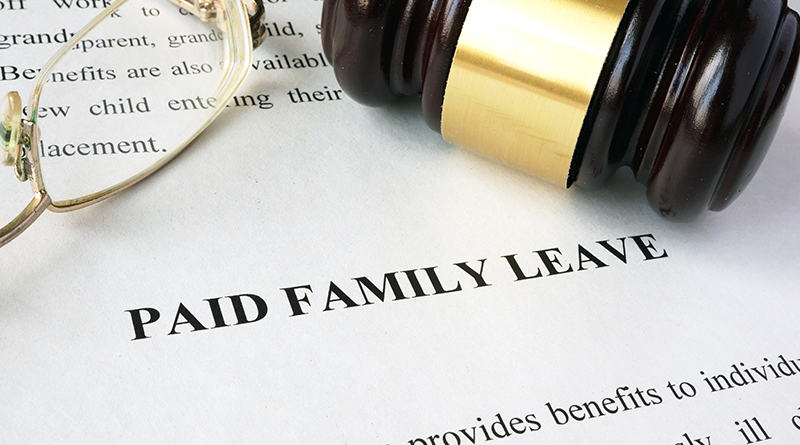Medical Leave Also Helps Seniors
Family Medical Leave Act and Paid Family Leave also protect people who need to take care of elderly parents, sick spouse
By Deborah Jeanne Sergeant
Many people may think of the Family Medical Leave Act (FMLA) and Paid Family Leave (PFL) as the laws that help working women who have a baby; however, it can also help you take care of elderly parents or a sick spouse. And if you need to use it, you should.
“There’s a reluctance to use it because there’s a certain stigma attached to it that it would be negatively viewed in the workplace,” said Justin Cordello, attorney and principal at Cordello Law, PLLC in Rochester. “Folks are concerned about retaliation in the workplace. Everyone’s trying to avoid drawing attention to themselves.”
The FMLA provides built-in protection against job loss and retaliation for taking leave. FMLA protects employees who qualify against demotion, termination and loss of health benefits. Because FMLA time may be used intermittently, workers can take off time as needed in 15-minute increments to the full 12 weeks to help a family member.
“More times than not, it’s helping parents to different appointments they have, or dealing with short-term health crises,” Cordello said.
Employees must have worked sufficient hours in the past year. Employees who qualify receive up to 12 weeks of unpaid leave within a year. They must have worked 26 consecutive weeks (full-time employees) or 175 days (part-time employees).
Employers of fewer than 50 don’t fall under FMLA rules, and certain industries are exempt.
Many New York workers may be eligible for PFL. It covers qualifying employees who work at an insured employer of one or more employees. PFL provides job and insurance protection and prevents retaliation, but also pays a portion of the employee’s wages, too, based on the statewide average weekly wage. In 2019, the updated the statewide average weekly wage will increase by up to 50 percent.
Similar minimum working hours apply as with FMLA. Under PFL, workers may use up to eight weeks of PFL in 2018, 10 weeks in 2019 and 2020, and 12 weeks in 2021. If the employer allows, employees could take paid vacation time in the midst of PFL to help bolster their paychecks.
Increments of PFL must be taken by the day, so if your chronically ill spouse needs a ride to the doctor’s office, you’d have to take the full day off if you want to use PFL.
While reaching out to the company human resources department seems a sensible way to learn more, Cordello said HR departments don’t always have the employees’ best interests in mind.
Employees should notify their employers a minimum of 30 days before the FMLA or PFL leave begins, if possible, to fill out the request for leave.
FMLA and PFL aren’t the only answers to helping an ill spouse or aging parents. Working from home a couple times per week may help you cover some days when Mom needs someone around. Or shifting your working hours, depending upon the type of work, could help you get home in time to pick up her from adult day care and fix dinner.
Working with siblings can help reduce the need to use FMLA and PFL hours. For instance, if your siblings alternate days as to who takes care of Dad as he recovers from pneumonia, none of you will need to take off as many hours of work at a time.
Using standard paid time off hours can also help you help your folks without diminishing your paycheck.
Cordello added that the key is finding a supervisor who’s willing to work with employees who face these challenges.
For a concise infograph comparing and contrasting FMLA and PFL, visit http://pfl.shelterpoint.com/blog/pfl-vs-fmla.

